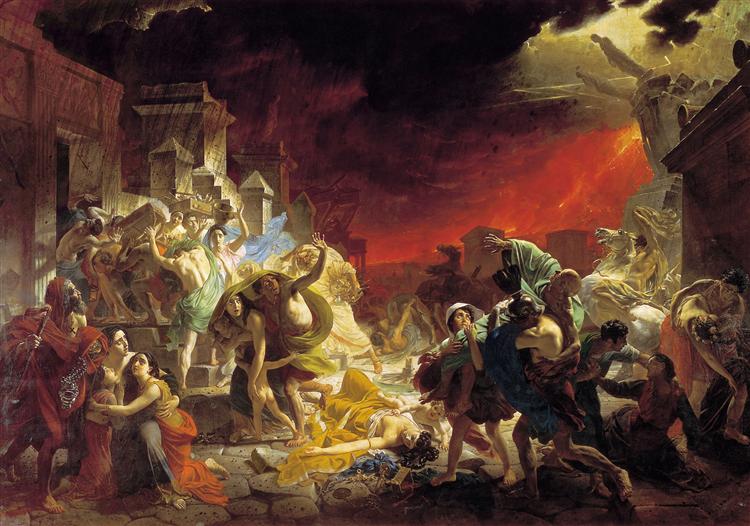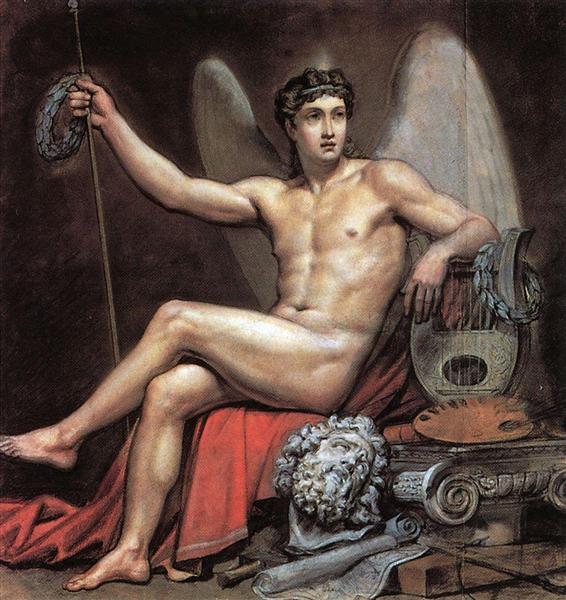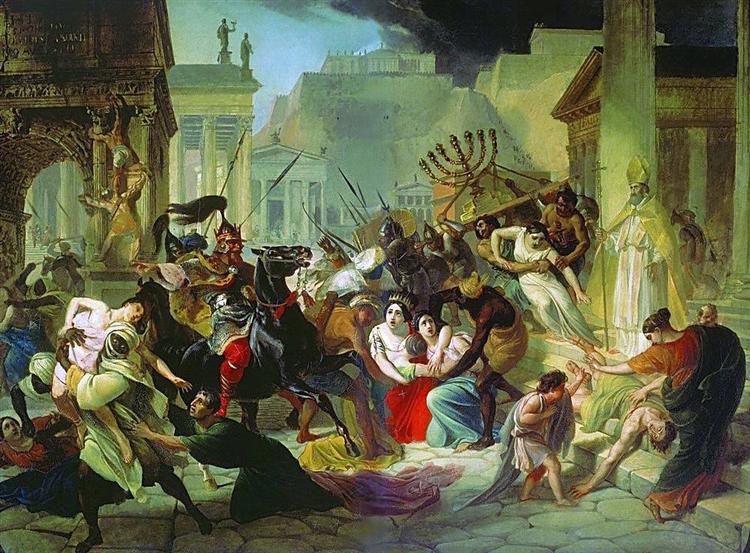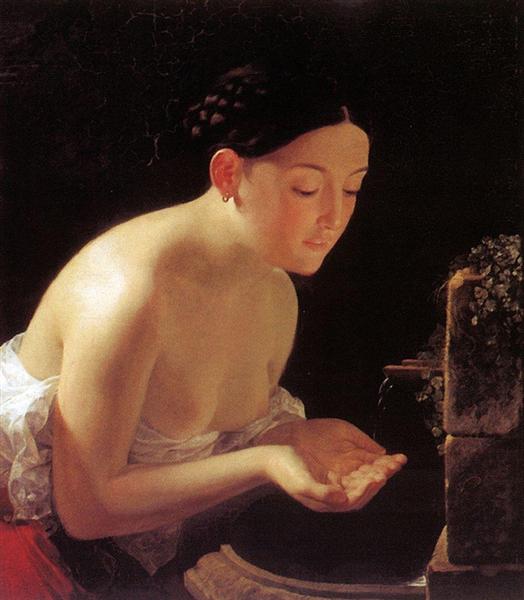 After graduating from the art academy in 1827, a young promising artist Karl Bryullov went to Italy to study the classical art of the Roman Empire. Who would have thought that this trip would have meaning not only for the artist himself, but for the whole world painting! Having visited the excavations of the once flourishing city of Pompeii, destroyed in an instant by the eruption of Mount Vesuvius in 79 AD, the artist is so imbued with his fate that he begins to create a masterpiece of world art, the grandiose painting “The Last Day of Pompeii”.
After graduating from the art academy in 1827, a young promising artist Karl Bryullov went to Italy to study the classical art of the Roman Empire. Who would have thought that this trip would have meaning not only for the artist himself, but for the whole world painting! Having visited the excavations of the once flourishing city of Pompeii, destroyed in an instant by the eruption of Mount Vesuvius in 79 AD, the artist is so imbued with his fate that he begins to create a masterpiece of world art, the grandiose painting “The Last Day of Pompeii”.
The work on the picture was hard, for three years Bryullov worked tirelessly, sometimes bringing himself to exhaustion. But sooner or later everything ends, and in 1833 the masterpiece is ready. The masterful performance of the unification in the picture of a huge impending danger and various people’s behavior at the same time earned a lot of positive feedback immediately after the end of the work.
Pliny, in the foreground, is trying to persuade his fallen mother to get up and run away from the impending danger. Nearby, a man raised his hand and is trying to somehow protect his family. The woman is on her knees, children surrounded her, trying to find protection and help from her. Not far from them is a Christian priest. He is strong in his faith, therefore he is fearless and calm in the face of impending danger. He looks at the statues of pagan gods being destroyed by enormous power. And in the background is a pagan priest trying to save the sacred altar. By this Bryullov wanted to show how the Christian faith is replacing paganism.
A crowd of people is running down the street trying to escape. Among them, the artist also depicted himself saving art objects. Also on the canvas, the artist depicted an allegory of changing one time to another – a woman lies on the ground, next to a baby mourns her.
In the grandiose work “The Last Day of Pompeii” by Karl Bryullov, any caring viewer finds answers to many questions about the meaning of life and the purpose of man.
Year of painting: 1833.
Painting dimensions: no data.
Material: canvas.
Writing technique: oil.
Genre: historical painting.
Style: romanticism.
Gallery: State Russian Museum, St. Petersburg, Russia.


